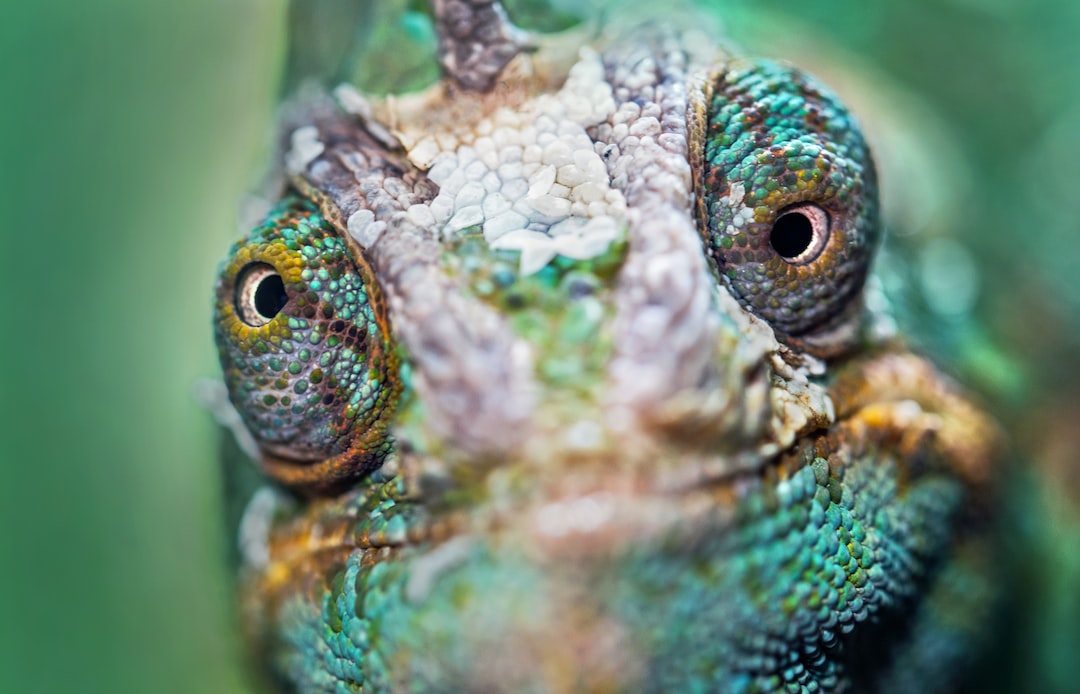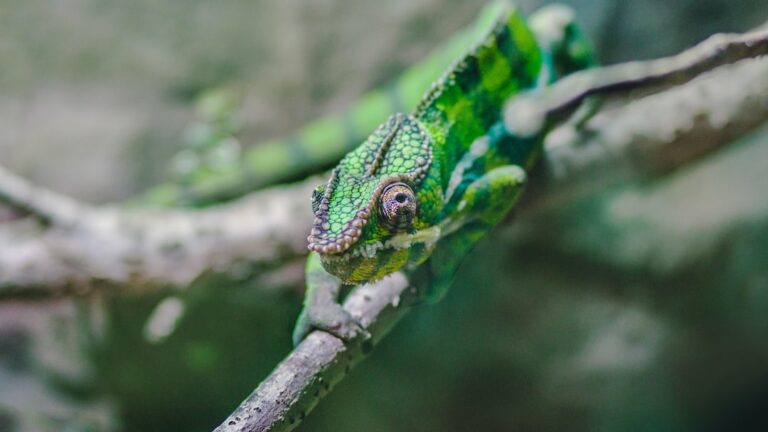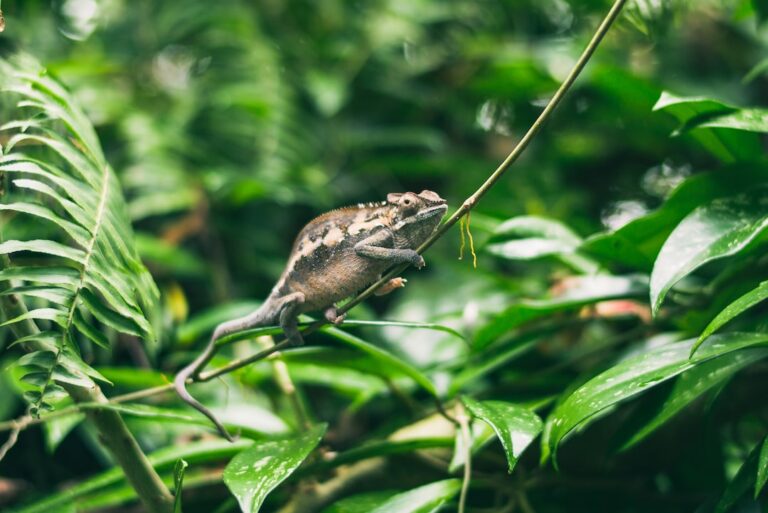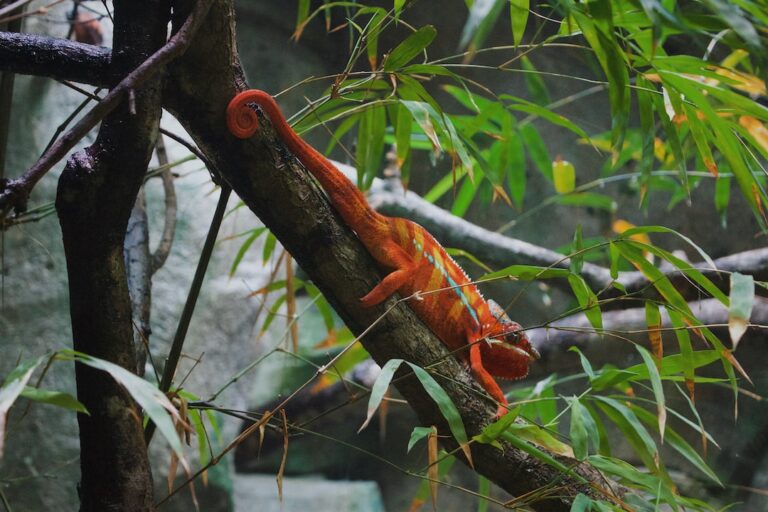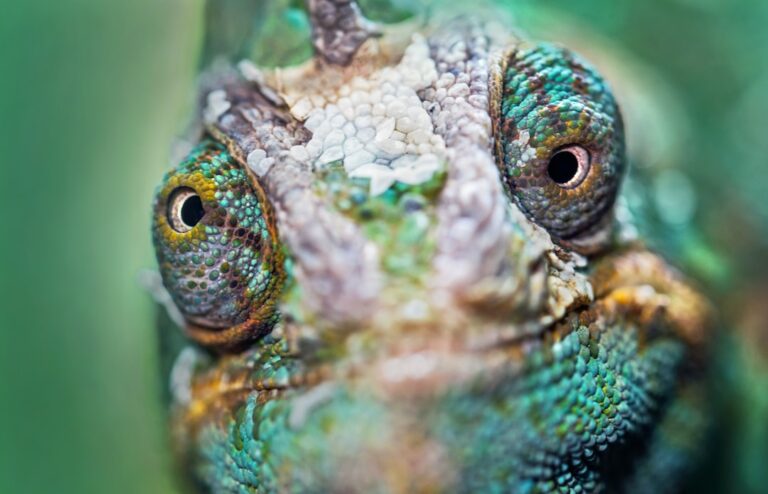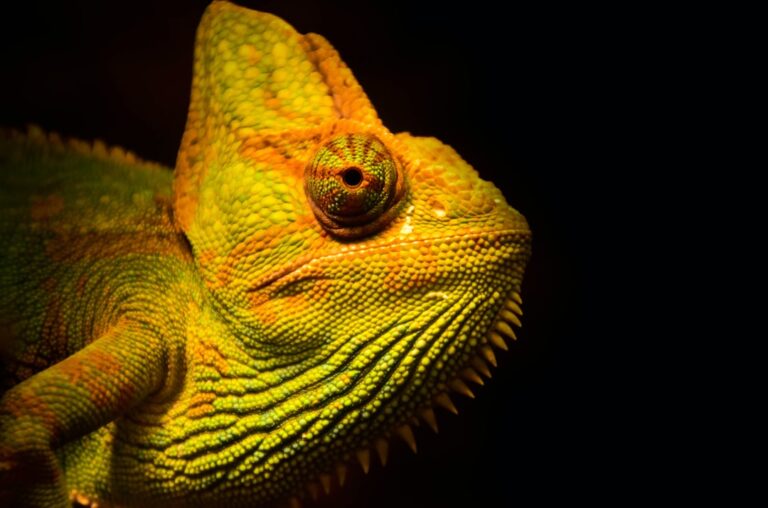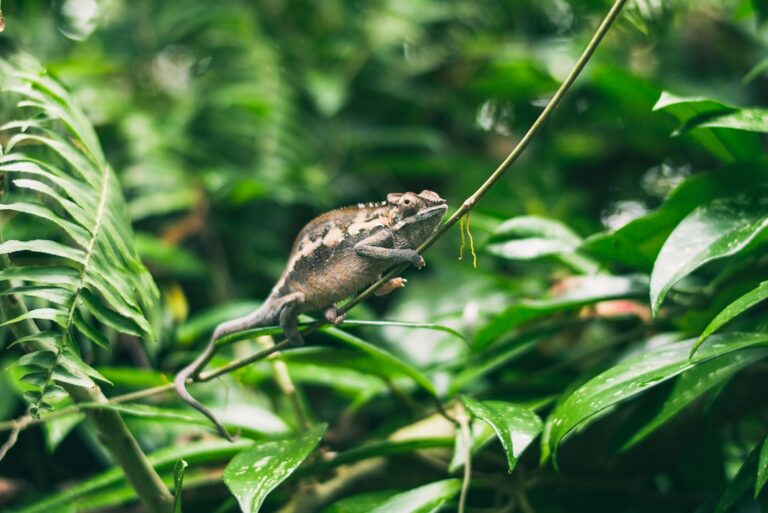How Often Do Chameleons Need Water?
Chameleons are fascinating creatures known for their ability to change color and blend into their surroundings. They are native to tropical and subtropical regions, with the majority of species found in Africa and Madagascar. Chameleons are arboreal reptiles, meaning they spend most of their time in trees and bushes. Their natural habitat consists of dense vegetation, high humidity levels, and access to water sources such as rainwater and dew.
Water is essential for the survival of chameleons. It plays a crucial role in maintaining their overall health and well-being. Chameleons obtain water through various means, including drinking from water droplets on leaves, licking dew off surfaces, and absorbing moisture through their skin. In captivity, it is important for chameleon owners to understand and meet their hydration requirements to ensure their health and longevity.
Table of Contents
Understanding Chameleon Hydration Requirements
Chameleons have a unique way of absorbing water. They do not drink water like other animals by lapping it up with their tongues. Instead, they rely on specialized structures in their skin called hygroscopic scales. These scales allow them to absorb water directly through their skin when they come into contact with moisture.
Humidity also plays a vital role in chameleon hydration. Chameleons require high humidity levels to maintain proper hydration. In their natural habitat, the humidity is often high due to the dense vegetation and frequent rainfall. In captivity, it is important to replicate these conditions by providing a humid environment for your chameleon.
In addition to absorbing water through their skin, chameleons also need access to clean drinking water. This can be provided through various methods such as misting or dripping water onto leaves or providing a shallow dish of water for them to drink from. It is important to ensure that the water source is clean and free from any contaminants that could harm the chameleon.
Factors Affecting Chameleon Water Consumption
Several factors can affect the amount of water a chameleon needs to consume. These factors include the age and size of the chameleon, their activity level and metabolism, as well as environmental factors such as temperature and humidity.
Younger chameleons generally require more water than adults due to their smaller size and higher metabolic rate. As they grow older, their water requirements may decrease. Similarly, more active chameleons will require more water than those that are less active.
Environmental factors also play a role in chameleon water consumption. Chameleons living in hotter and drier climates will need to drink more water to stay hydrated compared to those living in cooler and more humid environments. It is important to take these factors into consideration when providing water for your chameleon.
How Much Water Do Chameleons Need?
The recommended water intake for chameleons can vary depending on their size and age. As a general guideline, it is recommended to provide a small chameleon with approximately 1-2 milliliters of water per day, while larger chameleons may require up to 5 milliliters per day.
To calculate the water intake based on the chameleon’s size, you can use the following formula: (chameleon length in centimeters) x (0.05 milliliters) = recommended daily water intake in milliliters.
It is important to note that these are just general guidelines and individual chameleons may have different hydration needs. It is always best to observe your chameleon and adjust their water intake accordingly.
Signs of Dehydration in Chameleons
It is crucial to monitor your chameleon for signs of dehydration as it can have serious health consequences if left untreated. Some physical signs of dehydration in chameleons include sunken eyes, wrinkled skin, and a lack of urination. Dehydrated chameleons may also exhibit behavioral changes such as lethargy, loss of appetite, and a decrease in activity level.
If you notice any of these signs in your chameleon, it is important to take immediate action to rehydrate them. Dehydration can quickly become life-threatening, so it is crucial to seek veterinary care if the signs persist or worsen.
How to Provide Water to Chameleons
There are several methods of providing water to chameleons. One common method is drip watering, where water is dripped onto leaves or branches for the chameleon to drink from. This mimics the natural water sources found in their habitat. Another method is misting, where water is sprayed into the enclosure to create a humid environment and provide water droplets for the chameleon to drink from. Lastly, some chameleons may benefit from soaking in shallow water dishes, especially if they are not drinking enough water through other methods.
Regardless of the method used, it is important to ensure that the water source is clean and free from any contaminants. Tap water should be treated with a dechlorinator to remove any harmful chemicals before being used for chameleons. It is also important to regularly clean and disinfect any water dishes or misting equipment to prevent the growth of bacteria or mold.
Watering Techniques for Chameleons
Drip watering is a popular method for providing water to chameleons. This can be done by using a drip system or manually dripping water onto leaves or branches within the enclosure. The dripping water will create small droplets that the chameleon can drink from.
Misting is another effective technique for providing water to chameleons. This involves spraying water into the enclosure to create a humid environment and provide water droplets for the chameleon to drink from. Misting should be done several times a day to ensure that the chameleon has access to water.
Soaking is a technique that can be used for chameleons that are not drinking enough water through other methods. This involves placing the chameleon in a shallow dish of water for a short period of time, allowing them to soak and absorb water through their skin. It is important to monitor the chameleon during soaking to ensure their safety and prevent drowning.
Frequency of Watering Chameleons
The frequency of watering chameleons can vary depending on their age, size, and environmental factors. As a general guideline, it is recommended to mist or drip water onto the leaves or branches of the enclosure at least twice a day. This will provide the chameleon with access to water droplets for drinking.
Younger chameleons may require more frequent watering due to their higher metabolic rate and smaller size. It is important to observe your chameleon and adjust the watering frequency accordingly. Environmental factors such as temperature and humidity levels should also be taken into consideration when determining the frequency of watering.
Watering Chameleons in Different Seasons
The watering frequency and techniques for chameleons may need to be adjusted based on seasonal changes. During hotter and drier seasons, chameleons may require more frequent watering to stay hydrated. This can be achieved by increasing the number of misting or dripping sessions throughout the day.
Conversely, during cooler and more humid seasons, chameleons may require less frequent watering. It is important to monitor their hydration levels during these times and adjust the watering schedule accordingly.
Extreme weather conditions such as heatwaves or cold snaps can also affect chameleon hydration. During these times, it is crucial to closely monitor your chameleon’s hydration levels and provide additional water if needed.
Maintaining Proper Hydration for Chameleons
In conclusion, water is essential for the health and well-being of chameleons. They have unique hydration requirements that need to be met in order to ensure their overall health and longevity. By understanding how chameleons absorb water, the role of humidity in their hydration, and the factors that affect their water consumption, chameleon owners can provide the necessary care to keep their pets properly hydrated.
It is important to monitor your chameleon for signs of dehydration and take immediate action if any are observed. Providing water through methods such as drip watering, misting, or soaking can help ensure that your chameleon has access to clean drinking water. The frequency of watering should be adjusted based on the chameleon’s age, size, and environmental factors.
Maintaining proper hydration for chameleons is an ongoing process that requires regular monitoring and adjustment. It is important to seek veterinary care if signs of dehydration persist or worsen. By providing the necessary care and attention to your chameleon’s hydration needs, you can help ensure their health and well-being for years to come.
If you’re curious about the water-drinking habits of chameleons, you might also be interested in learning about their behavior around waterfalls. In a fascinating article titled “Will Chameleons Drink from a Waterfall?” on Reptile Friend, you can explore whether chameleons are drawn to the cascading water or if they prefer other sources for hydration. Discover more about these mesmerizing creatures and their relationship with water by clicking here.

